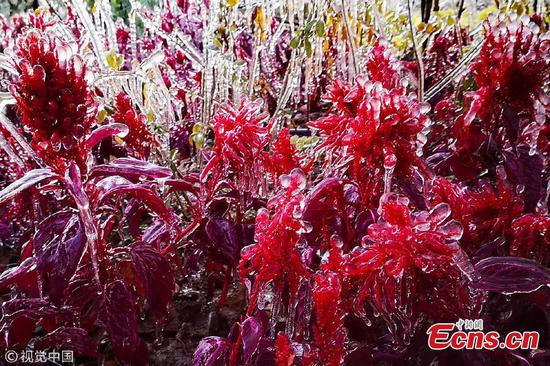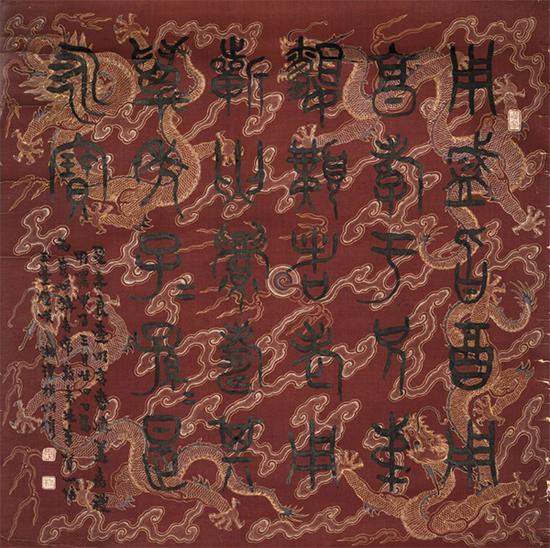Chinese scientists have developed a nanocomposite to prevent powdery wheat mildew, a common wheat disease.
Powdery wheat mildew is a worldwide crop disease. It is common in many wheat producing areas in China and can cause significant yield loss.
Conventional control methods of the disease include spraying pesticides and breeding disease-resistant varieties. However, the use of chemical pesticides may cause pollution and new wheat varieties are susceptible to loss of resistance after a period of application.
Scientists from the Hefei Institutes of Physical Science under the Chinese Academy of Sciences developed a nanocomposite by modifying palygorskite, a natural nano clay. It can be applied as a protective agent to isolate fungal spores from the wheat leaf surface, thus preventing the disease.
In addition to its protective function, it shows neither significant toxicity nor negative effects on wheat growth.
The research provides an economic and environmentally friendly approach to controlling powdery wheat mildew, which can help reduce the use of chemical pesticides.
The research was published in the Applied Clay Science journal.

















































